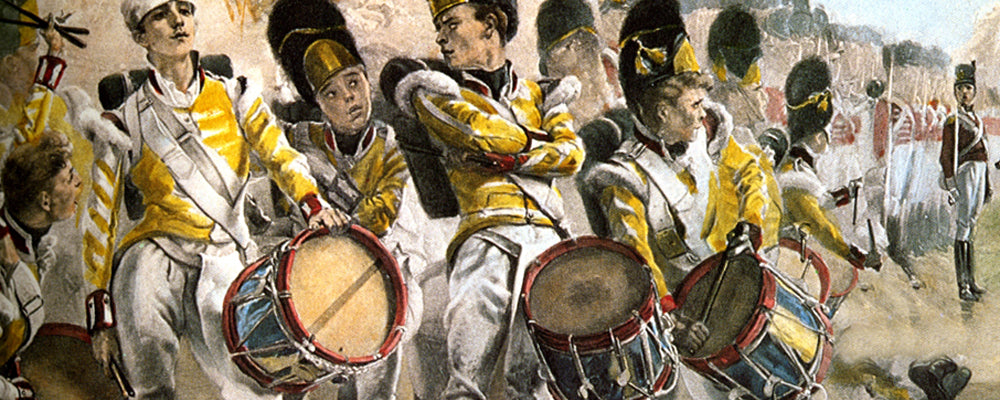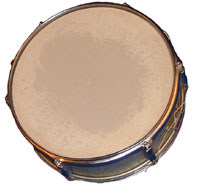
Percussion Introduction
Share
As the "keeper of the rhythm," the perucssion provides the foundation for the overall sound of music.
The many instruments included in the percussion family include any instrument that is struck, shaken or scraped in order to produce the sound. Advanced percussion instruments include the timpani drums or kettle drums, the xylophone, marimba, vibraphone, chimes and many, many others. Most of the larger instruments are not used in young bands but all of these instruments are practiced by advanced players.

Is your body the original percussion instrument?
Beating on things to produce a sound, and through that sound express various emotions, is said to have begun in the early stages of human development, where people stomped on the ground or beat their own bodies.
Producing sounds by beating things served not just as accompaniment to dancing but also as a means of communicating with other people over long distances. It has also been used effectively to move the hearts and minds of people, such as in religious ceremonies. A wide variety of percussion instruments were created for these different purposes, and they have been developed and improved over the years.
For School Band - Start with Bells (Glockenspiel) and Snare
To start elementary band, you get a set of bells and snare drum in a rolling case with sticks, mallets and a practice pad.
The practice pad is a nearly silent version of a snare drum. It has the same feel and bounce but students can practice on a practice pad at home without frightening the pets or parents.
Percussion instruments are heard in nearly every type of instrumental music group. They are a vital part of bands, symphony orchestras, jazz groups and rock groups. Many percussion instruments can even be great solo instruments.



